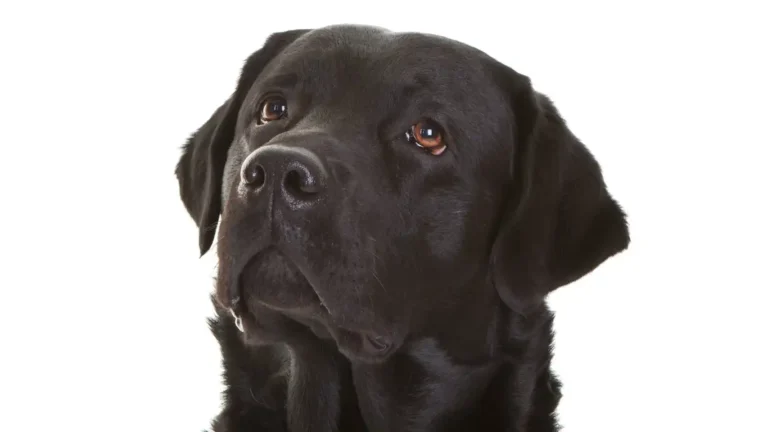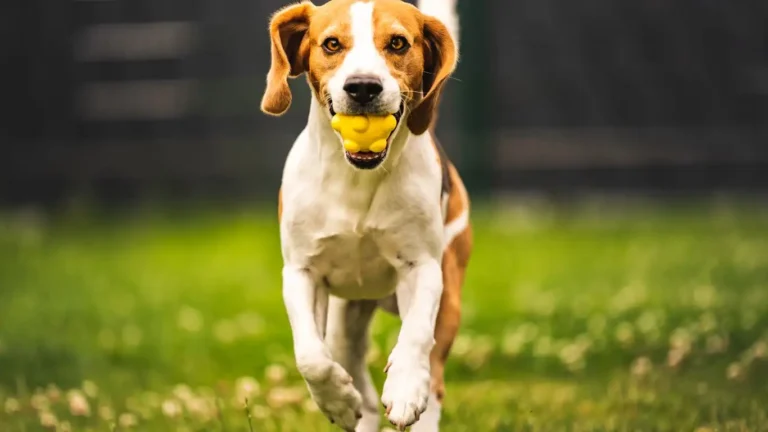Train Your Dog to Obey Commands from a Distance Like a Pro
If you’ve ever found yourself yelling “Come!” across a park while your dog gleefully pretends not to hear you, welcome to the club. Teaching how to train a dog to listen to commands from a distance is one of those game-changing skills that can make life with your pup not just easier, but way more fun and safe. As someone who’s spent years as a Canine-Assisted Therapy Trainer, I’ve had my fair share of dogs who’d rather chase a squirrel than heed a call. But here’s the good news: with the right mix of patience, technique, and a dash of real-world know-how, distance obedience is 100% doable—even for the most distracted dogs.
Why Distance Obedience Training Is a Game Changer
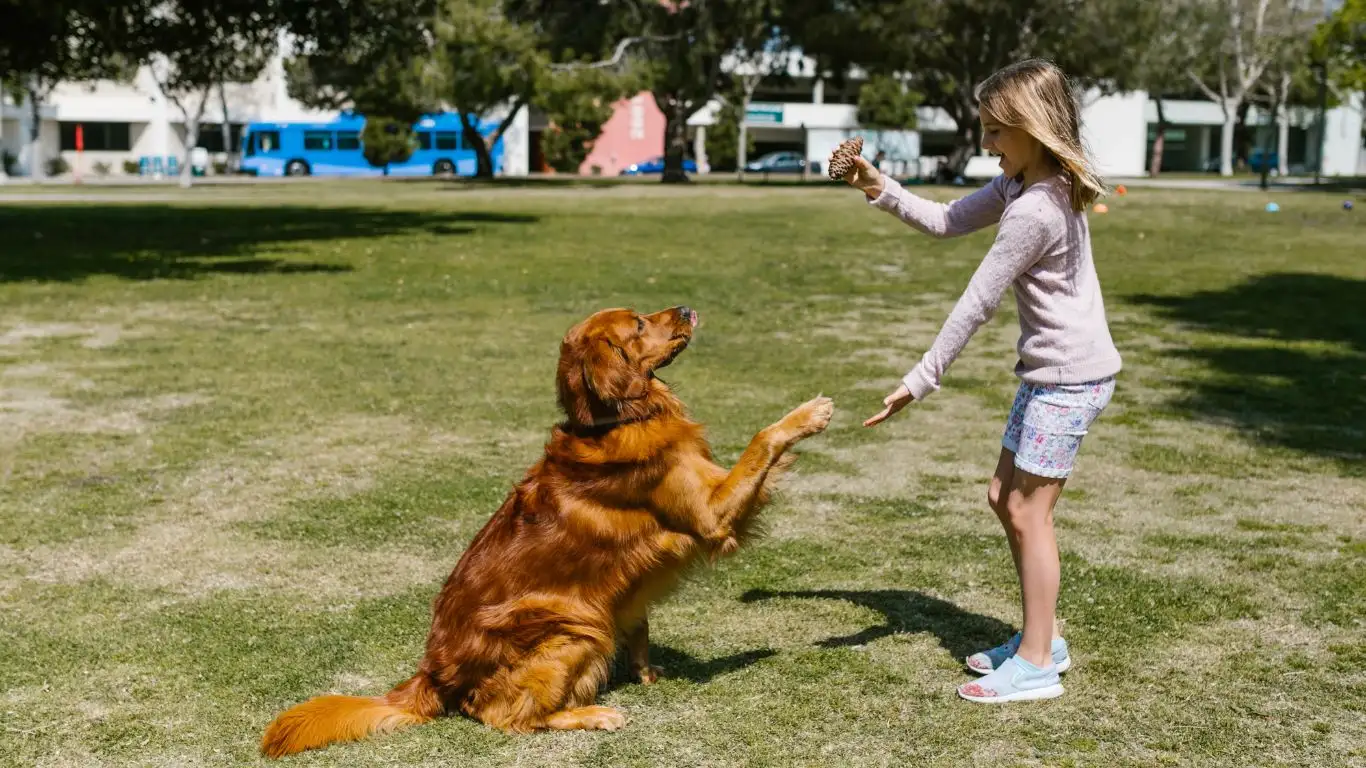
There’s a massive difference between a dog who listens in your kitchen and a dog who listens when they’re 50 feet away chasing a butterfly. Most of the time, it’s not that your dog is being “stubborn.” It’s that we haven’t fully taught them that a command holds the same weight no matter how far away we are. Think about it—would you take instructions seriously from someone shouting at you from across a football field? Same goes for dogs. Building that trust and response takes layering, consistency, and proofing through real-life distractions.
The Therapy Dog Edge
In therapy dog training, we put a big emphasis on trust and connection. It’s not just about obedience—it’s about communication. When I worked with Daisy, a golden retriever who visited pediatric wards with me, she had to respond from across a hallway in busy, noisy hospital settings. We couldn’t rely on shouting or tugging a leash. We had to build a bond where my signals, even subtle ones, were more compelling than the chaos around her.
Foundations First: What Your Dog Needs to Know Before Distance Work

Before we dive into the fancy stuff, let’s talk about the must-have skills. Training a dog to respond from a distance only works if your pup already has a decent handle on the basics. Here’s what I always recommend mastering first:
- Reliable Recall: Your dog should come to you when called—every time. Not just when it’s convenient.
- Stay & Wait: This command is your best friend when building distance. If your dog can’t stay in one place, distance commands won’t hold.
- Focus Cue: Teach your dog a word or gesture (like “watch me”) that tells them to check in with you visually, no matter the setting.
- Positive Reinforcement Basics: Your dog should already know that responding to you means good things happen—treats, toys, praise, or all three.
Start Small, Think Big
I always tell people—start with six feet, not sixty. Use a standard leash, then a long-line, and eventually work up to off-leash practice. The distance isn’t what matters at first—it’s consistency. If your dog nails a sit-stay from six feet, bump it to ten. If they flinch or break the stay, reset. Don’t push the distance until the close-range commands are rock solid.
Tools That Help With Distance Training (But Won’t Do It For You)
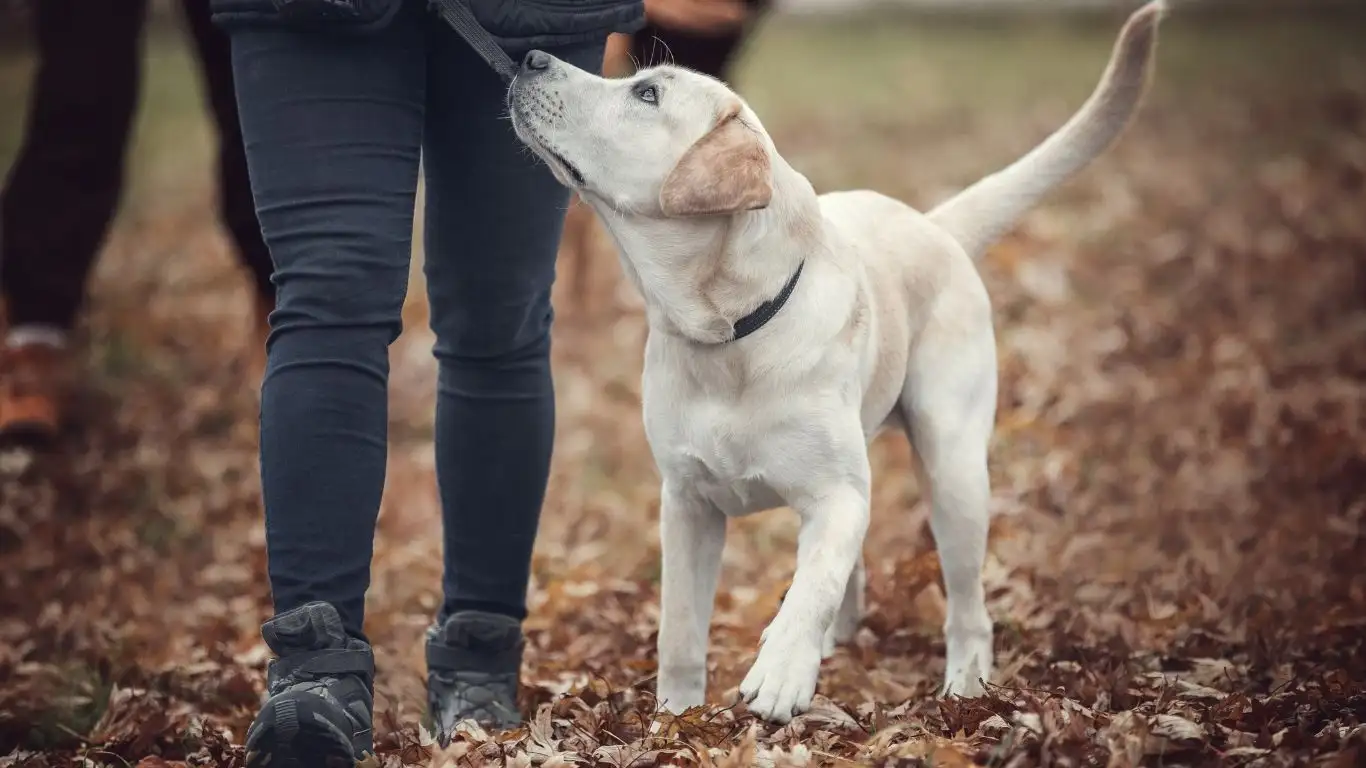
People love to ask me if there’s a magic tool that’ll make their dog listen from afar. Spoiler alert: there’s not. But there are tools that make the process smoother:
- Long-Line Leash: This is my go-to for building trust while still having a safety net. I like 20-30 foot lines.
- Clicker (Optional): For dogs already clicker-trained, this can be an ultra-clear way to mark desired behaviors, even from a distance.
- High-Value Treats: Not your everyday kibble. Think cheese, dehydrated liver, or hot dog slivers—whatever lights your dog up.
- Hand Signals: Often more effective than verbal commands once you’re further away. Start pairing hand signals with verbal cues early on.
Real Talk: What Slows People Down
Alright, real talk. The biggest hurdles I see? People jumping to long distances too fast, getting frustrated, or using punishment when their dog doesn’t “get it.” That’s not how dogs learn. They need us to guide them with patience. I’ve had therapy dogs who took weeks just to get solid at a 10-foot recall in a distracting park—and that’s okay. Progress isn’t linear, but consistency always pays off.
Up next, we’ll dive into how to layer distractions, master remote commands, and fine-tune your dog’s response using both voice and non-verbal cues. But for now, if your dog can stay, come, and look at you on command from across the living room—you’re already on the right track.
Layering Distractions: Taking It Beyond the Living Room

Now that you’ve got your dog confidently responding to commands at short distances, it’s time to level up the game—introducing distractions. Let me tell you, this is where things get real. Dogs are easily distracted, especially in outdoor environments where new smells, sounds, and sights are everywhere. So, we need to teach them that no matter what’s going on around them, they still need to focus on you.
One of the most common mistakes I see is people trying to teach distance commands in quiet, distraction-free areas. While this is a great place to start, your dog needs to be prepared for the hustle and bustle of the world. Here’s the thing: you’re not going to train a dog to recall from a football field by starting in the middle of a football game.
Start Small, Build Gradually
The key to successful distraction training is taking small steps. Start with low-level distractions in a controlled environment (like a quiet park), and then slowly increase the level of distraction as your dog shows confidence in their responses. I often tell people to think of it as adding layers. First, you’ve got a strong base of behavior, then you add a layer of challenge (a squirrel running by, another dog barking from a distance, a jogger passing by).
For example, let’s take the “sit-stay” command. When you first teach it, you’re likely in a quiet room or yard, with little going on around your dog. Once they’ve mastered it there, move to a location with mild distractions. Maybe a park with a few people walking by. Then, slowly, increase the challenge. It’s a process that requires patience and consistency, but over time, your dog will learn that regardless of what’s going on around them, they need to focus on you.
Building Trust with Long-Distance Commands
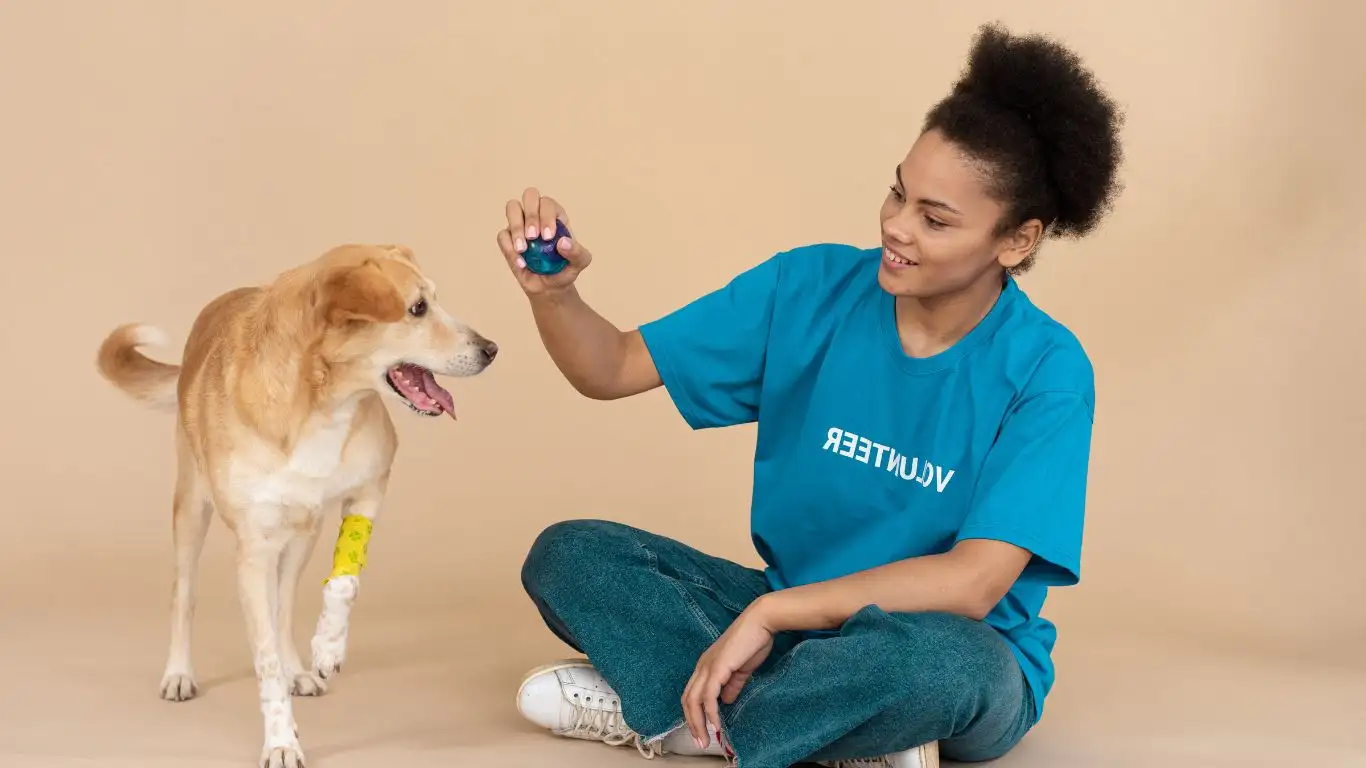
So, how do we get your dog to listen from farther away? This is where we get into the magic of distance commands. Distance doesn’t just mean physical space; it also means emotional space. Your dog needs to trust that no matter how far away you are, they’re still going to get that reward they love so much. Building that trust is essential.
Why Trust Is the Foundation
You see, dogs are incredibly social creatures. They thrive on relationships and bonds, and part of training them to respond from a distance is ensuring they trust you even when you’re not right next to them. If they don’t feel that connection, why would they bother listening to you from 30 feet away? This trust doesn’t come overnight. It takes time, practice, and positive reinforcement.
One of the ways I work on this is by rewarding my dog with praise or a treat immediately after they respond to a command, even from a distance. The positive reinforcement doesn’t change just because there’s distance involved. When Daisy, my golden retriever, was learning how to stay in place during hospital visits, I reinforced her response even when she was standing across the room from me. The more consistent I was, the stronger our bond became. And the better she performed.
Remote Cues: Voice, Gesture, and Beyond
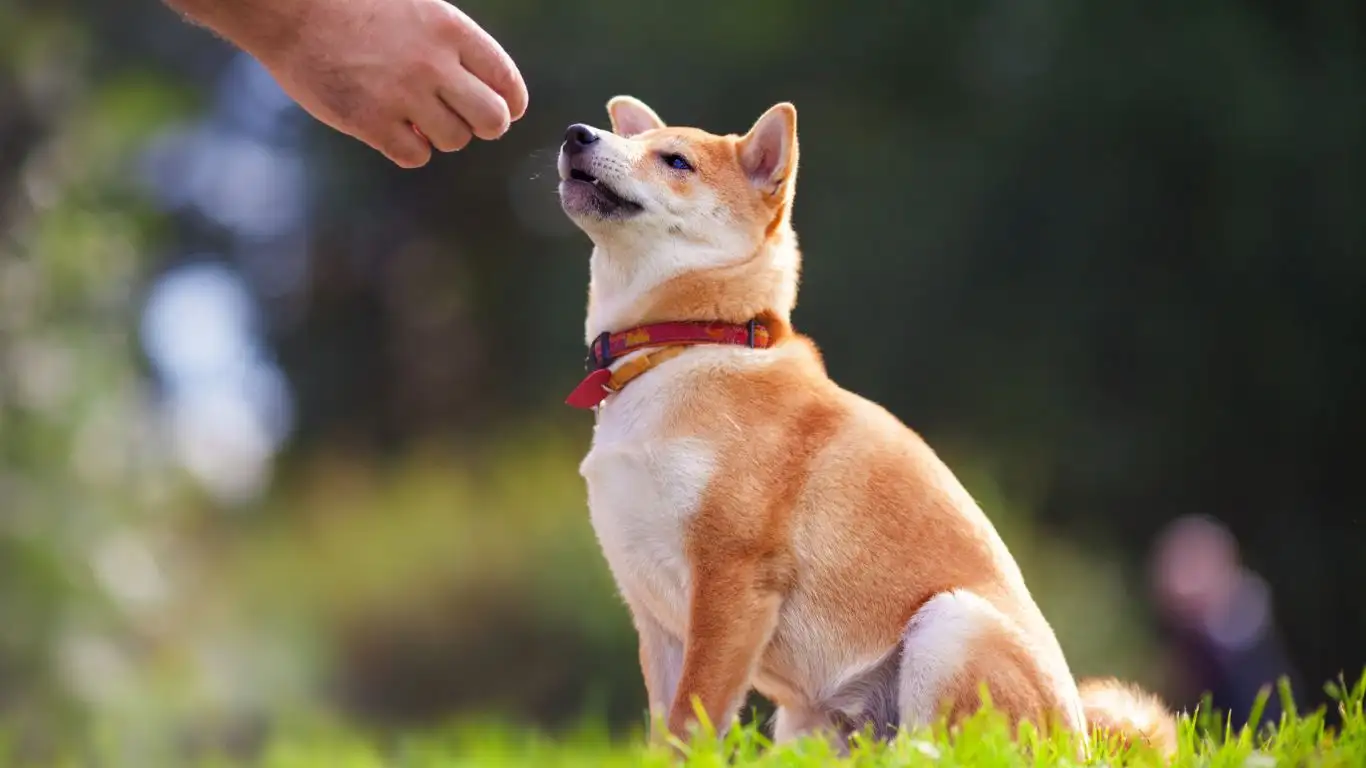
One of the most important things I’ve learned in my years of working with dogs is that communication isn’t all about words. Sure, verbal commands are essential, but there are times when your dog just needs to read your body language. Whether you’re in a noisy park or on a windy trail, your dog needs to understand that when you give a cue, it’s important—no matter how far away you are.
Mastering the Art of Remote Cues
So how do you make sure your dog listens to a “sit” from 30 feet away when there are all sorts of distractions? You start by using hand signals or gestures. Body language speaks louder than words to dogs, especially when distance is involved. For instance, I might use a clear hand gesture that mimics a “stop” signal, rather than shouting “stay!” from far away. Over time, your dog will start associating that hand signal with the “stay” command, making it easier for them to follow through even when you’re not right next to them.
Another great tool for remote communication is using a whistle. Whistles are sharp, clear, and travel far, making them perfect for outdoor environments. Start by pairing the whistle with an existing command, like “come,” and give your dog a treat or praise when they respond correctly. Over time, your dog will learn that the sound of the whistle means something important, and they’ll come running—no matter where they are.
Timing Is Everything
In distance training, timing is key. If you give the command but wait too long to reward your dog, they won’t associate the reward with the action you want to reinforce. This is especially true when distance is involved because your dog might get distracted and forget what they were supposed to be doing. The quicker you can mark the behavior (with a clicker or a verbal cue), the better your dog will understand what’s expected of them.
Let’s say you’re at the park, and you give a “come” command from 20 feet away. The second they start heading towards you, mark that behavior with a verbal “yes” or a click. Then, immediately reward them when they arrive. The faster you reinforce that response, the clearer the message will be for your dog: “Coming when called from a distance is a good thing!”
Consistency and timing go hand in hand. If you’re consistent in how you give commands and timely in how you reinforce them, your dog will quickly learn what’s expected. And before you know it, you’ll have a dog who listens from any distance, in any situation.
Mastering the Remote “Come” Command
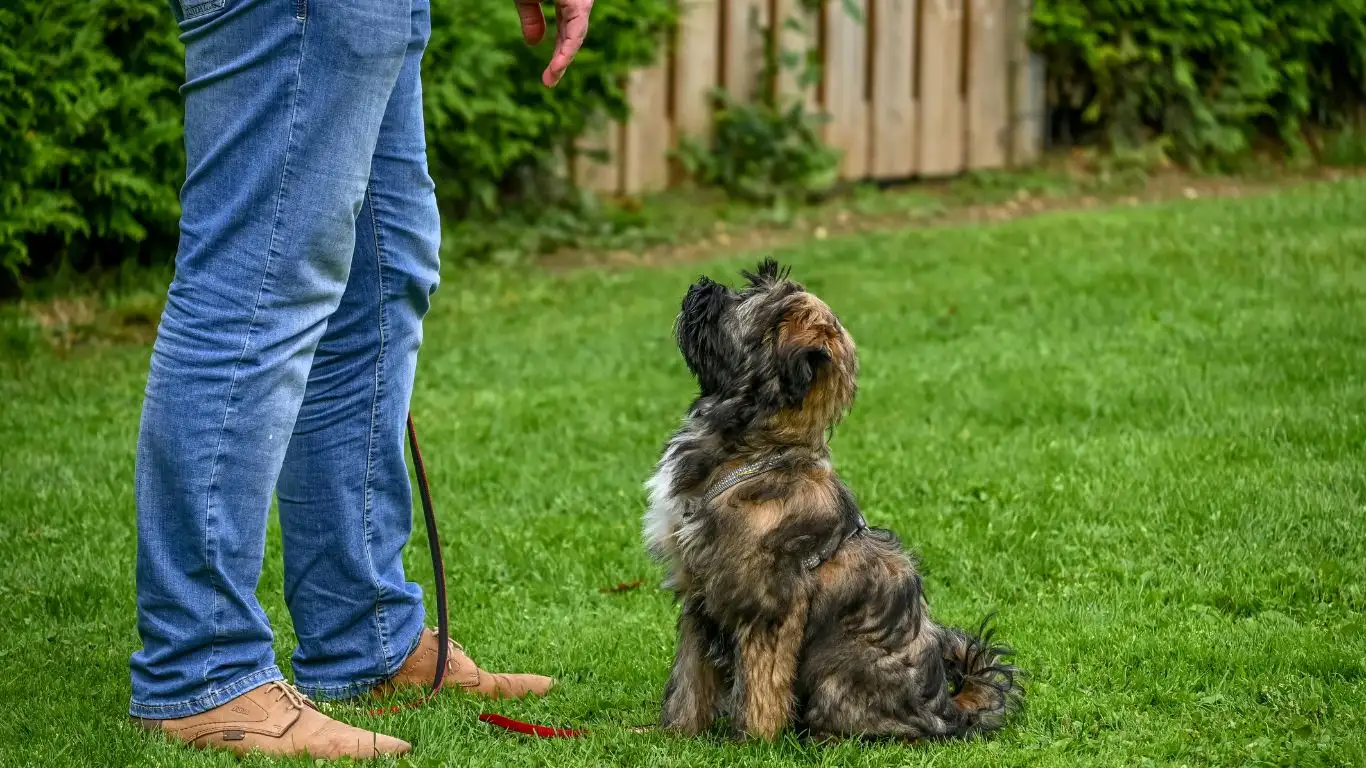
One of the most rewarding moments for any dog owner is when you call your dog from a distance, and they come running toward you. But, getting to that point? It takes some work, especially when distractions are involved. Teaching your dog to “come” from a distance, even when they’re distracted by other animals, sounds, or scents, can be a bit tricky. But trust me, it’s 100% worth it.
When I first started working with Daisy on her “come” command from distances, I remember practicing at the local park. She’d get distracted by everything—birds, people, other dogs. We couldn’t expect her to just “get it” right away, and we certainly couldn’t yell “come” from 50 feet away and expect her to come immediately. The trick? Start small and then layer the challenges. With the right combination of patience, consistency, and timing, you’ll see incredible results.
Start by Building a Strong Recall Foundation
Before you even begin training your dog to come from a distance, you need a solid recall foundation. If your dog doesn’t already respond to a recall command in a low-distraction environment (like your living room or backyard), it’s best to work on that first. I always use high-value treats to motivate the dogs I train, and I start by calling their name and rewarding them as soon as they make eye contact. This creates an association between their name and the reward, making them more likely to respond the next time you call them.
Once they’re reliably responding in a low-distraction area, you can start introducing distance gradually. Try calling them from across the room, then move to the hallway, and finally, into your backyard or front yard. Every time they successfully come to you, reinforce them with a treat or praise. Remember, the goal here is to make the act of coming to you a positive experience that they’ll want to repeat.
Adding Distance and Distractions Gradually
Now comes the fun part—taking your training to the next level. Once your dog is coming when called at shorter distances, it’s time to add some space and distractions. For example, start practicing in a quieter, low-distraction area, like a local park. Call your dog from a distance of 10-15 feet, and gradually increase the distance as they respond reliably. If your dog gets distracted, don’t get frustrated. Reset and try again. Consistency is key here.
Eventually, you can add more distractions. You can bring other dogs, kids, or even toys into the environment. It’s crucial that your dog learns to focus on you no matter what’s happening around them. If they start to wander off or ignore you, you can gently guide them back to the starting position and try again.
Using Positive Reinforcement to Strengthen the Bond

The foundation of every successful dog training program lies in positive reinforcement. Over the years, I’ve seen firsthand how effective this method is. I’ve trained therapy dogs, service dogs, and even regular pets, and what all of these dogs have in common is a love for rewards. It could be a treat, praise, or a favorite toy, but the key is that the dog has a reason to respond to your command.
When it comes to training your dog to listen from a distance, the positive reinforcement doesn’t stop when they respond. The reward is just as important as the command itself. By making the response to your command something your dog looks forward to, you strengthen their motivation to listen every single time.
Keep Rewards Meaningful
One of the biggest mistakes I see in dog training is the use of low-value rewards for high-value behaviors. If you’re asking your dog to come from 30 feet away, you’d better make the reward worth it! That means using treats they absolutely love—cheese, hot dog slices, or something extra special. If the reward is too “meh,” your dog might not find it worth their time to respond.
As a Canine-Assisted Therapy Trainer, I’ve had to make sure that my therapy dogs are highly motivated to respond to commands in various environments. This is especially important in therapy settings, where distractions are always present. We’ve found that using high-value rewards and pairing those rewards with verbal praise goes a long way in keeping their motivation high.
Using Technology to Aid Training
In today’s world, technology can be a great ally in dog training. While it’s important to build a connection with your dog through in-person training, there are several tools that can help reinforce your distance commands and make the process easier.
Clickers and Remote Training Collars
I’ve had a lot of success using remote training collars (not to be confused with shock collars, which should never be used) as a way to reinforce distance commands. These collars typically vibrate or beep when activated, which can be a signal to your dog that a reward is coming. Just like using a clicker, remote training collars can help you mark the behavior at the moment your dog responds, even when they’re far away.
It’s important to use these tools correctly and with positive reinforcement. If you use them to punish your dog for not responding, it can lead to fear and confusion. Instead, use them as a way to reinforce the behavior you want to see. Over time, your dog will associate the sound or vibration with a positive outcome.
Video Training Platforms
Another way technology can be used to aid training is through video platforms that offer step-by-step instructions. I’ve used apps and online courses to enhance my training and stay connected with my clients, especially when we’re working on specific skills like long-distance recalls. These platforms offer visual cues and demonstrations, which are helpful in understanding the process and ensuring you’re on the right track.
For instance, platforms like PetMD offer articles and videos about dog training that can help you further understand your dog’s behavior. Utilizing these resources can give you additional insights into how your dog learns best.
Disclaimer
Please note that while this article provides helpful tips and techniques for training your dog, every dog is different, and results may vary. Always consider your dog’s individual temperament and consult with a professional trainer if you encounter behavioral challenges that require special attention. If you have concerns about your dog’s health or behavior, consider reaching out to a veterinarian or professional dog trainer. The information provided is intended as a general guide and should not replace professional advice.
For further resources on dog training, check out American Kennel Club (AKC) and National Institutes of Health (NIH) for additional studies and advice.

